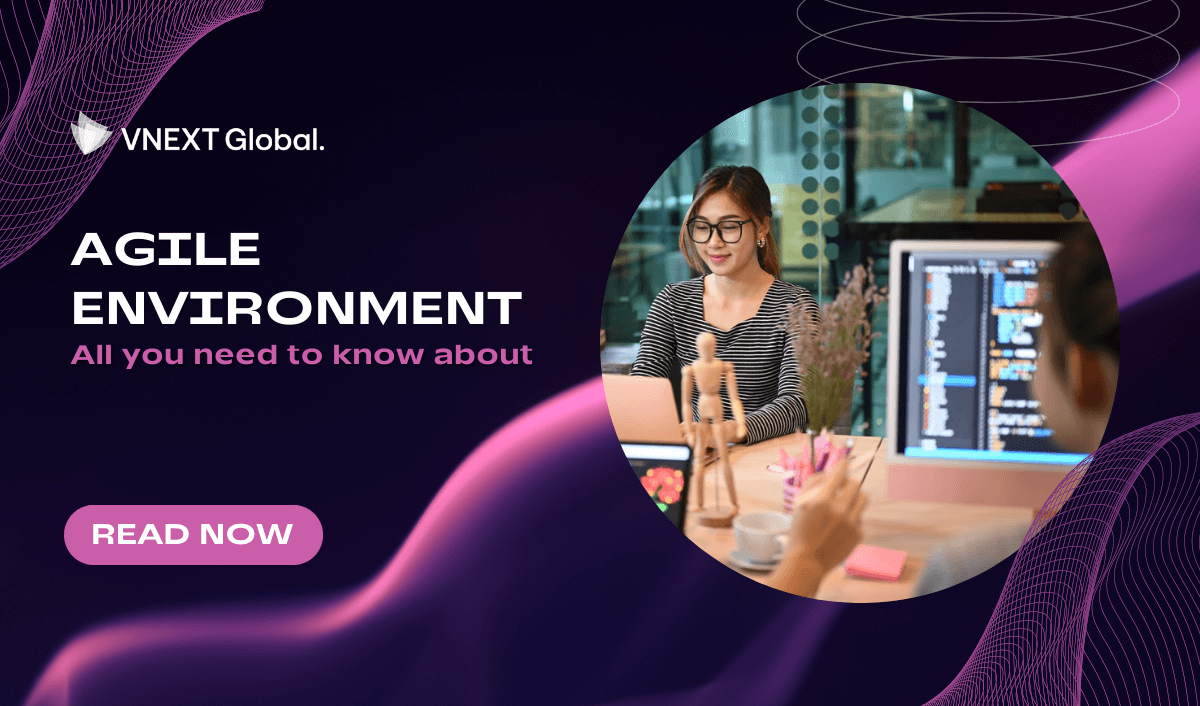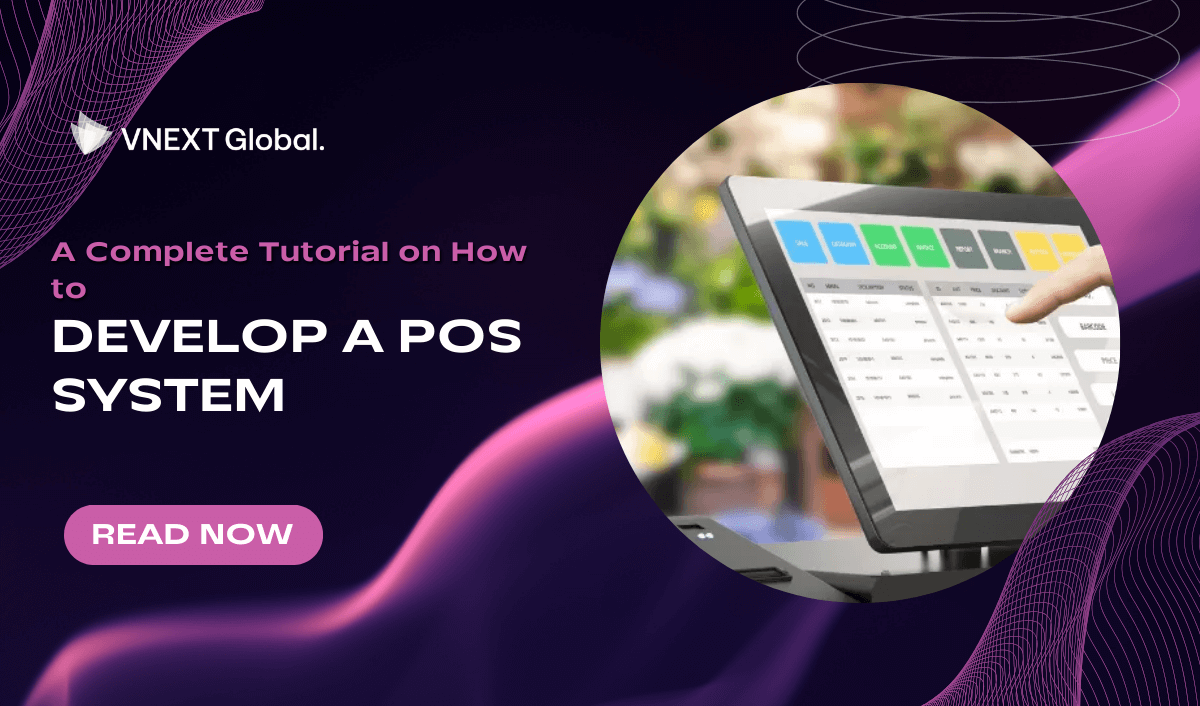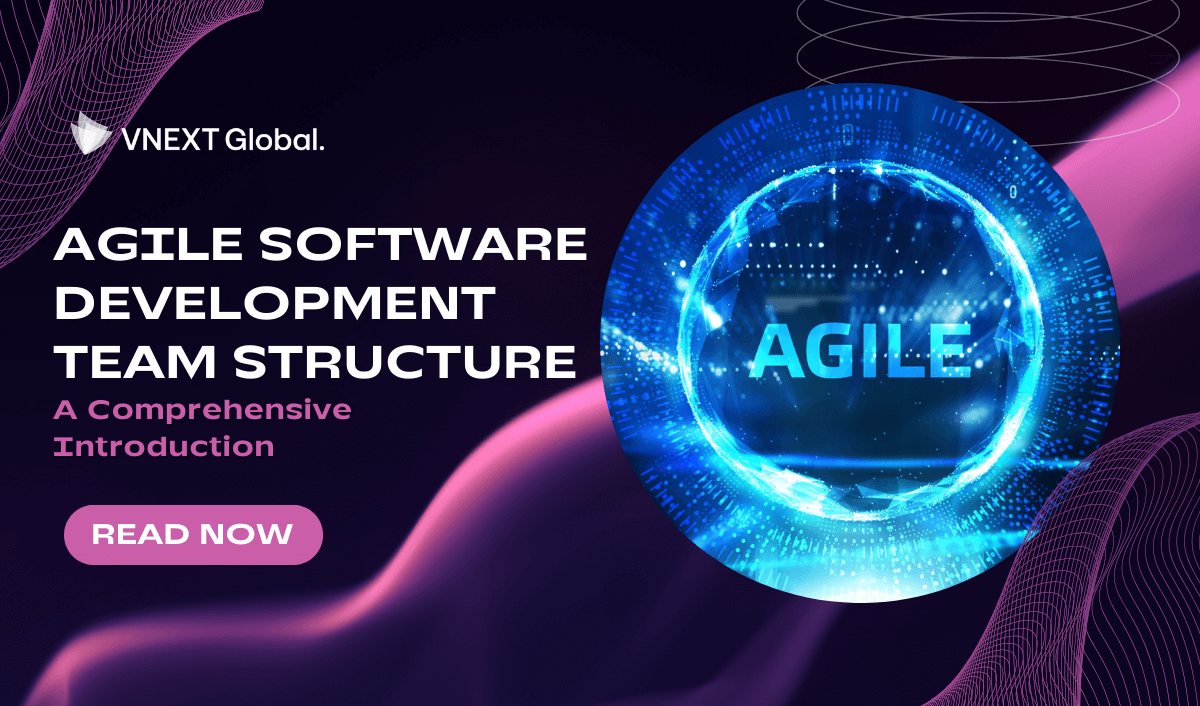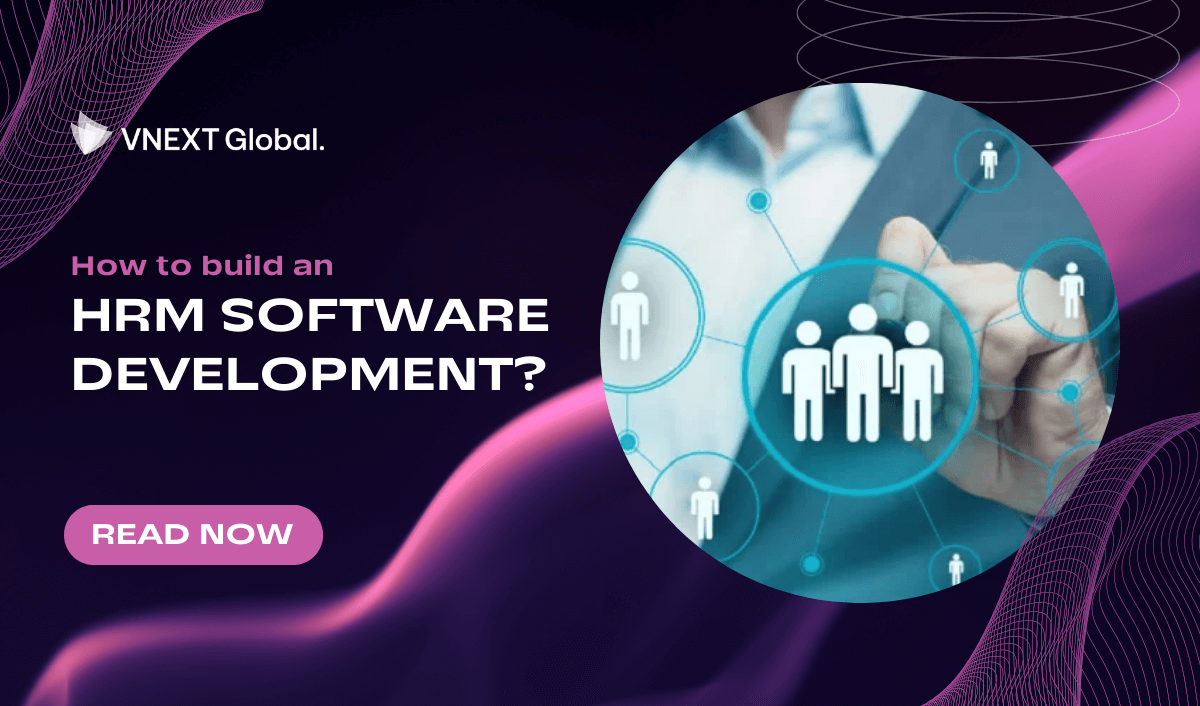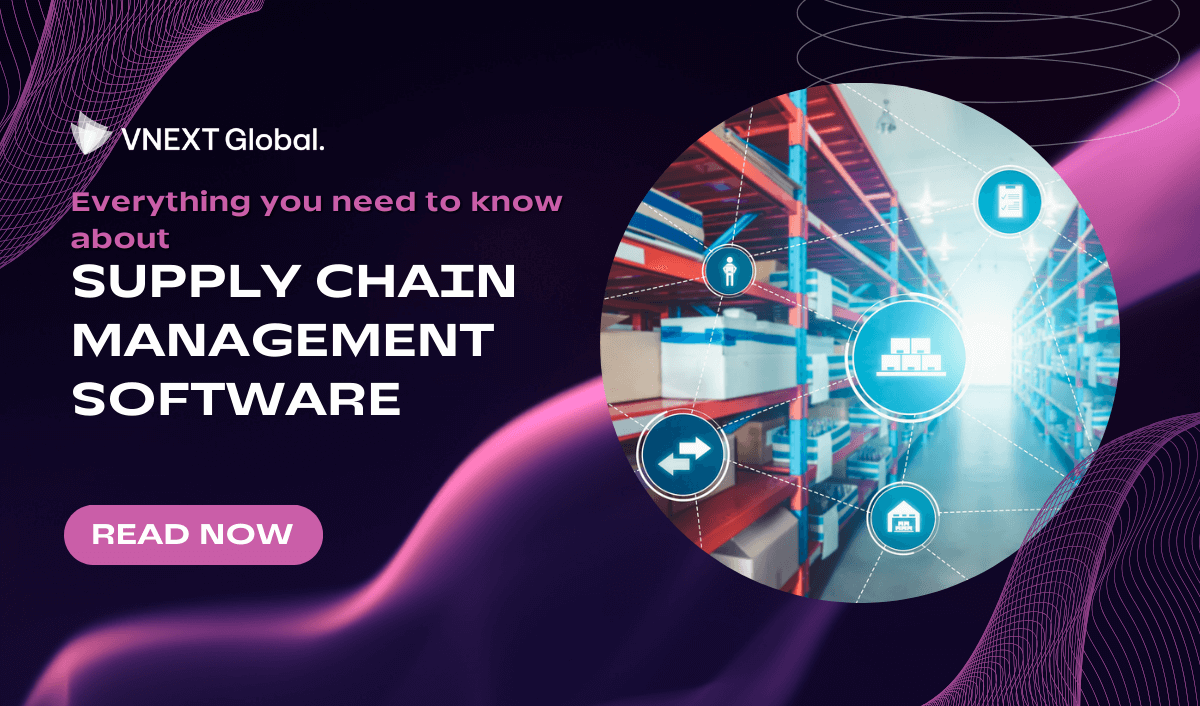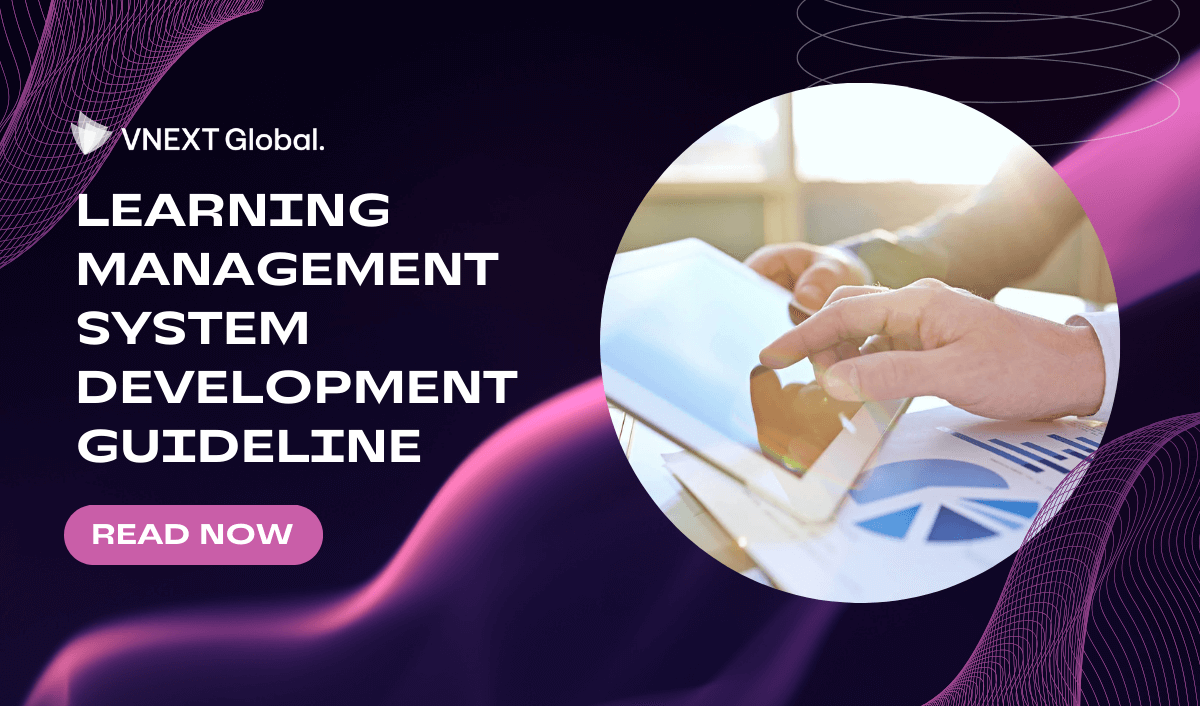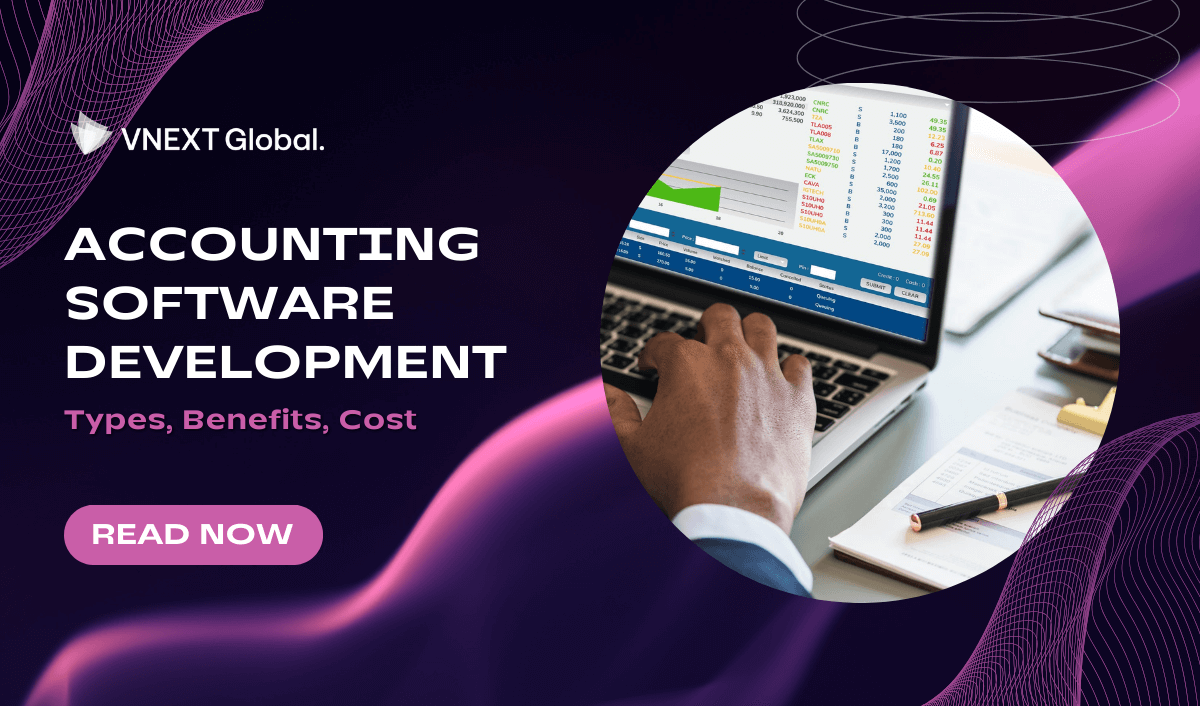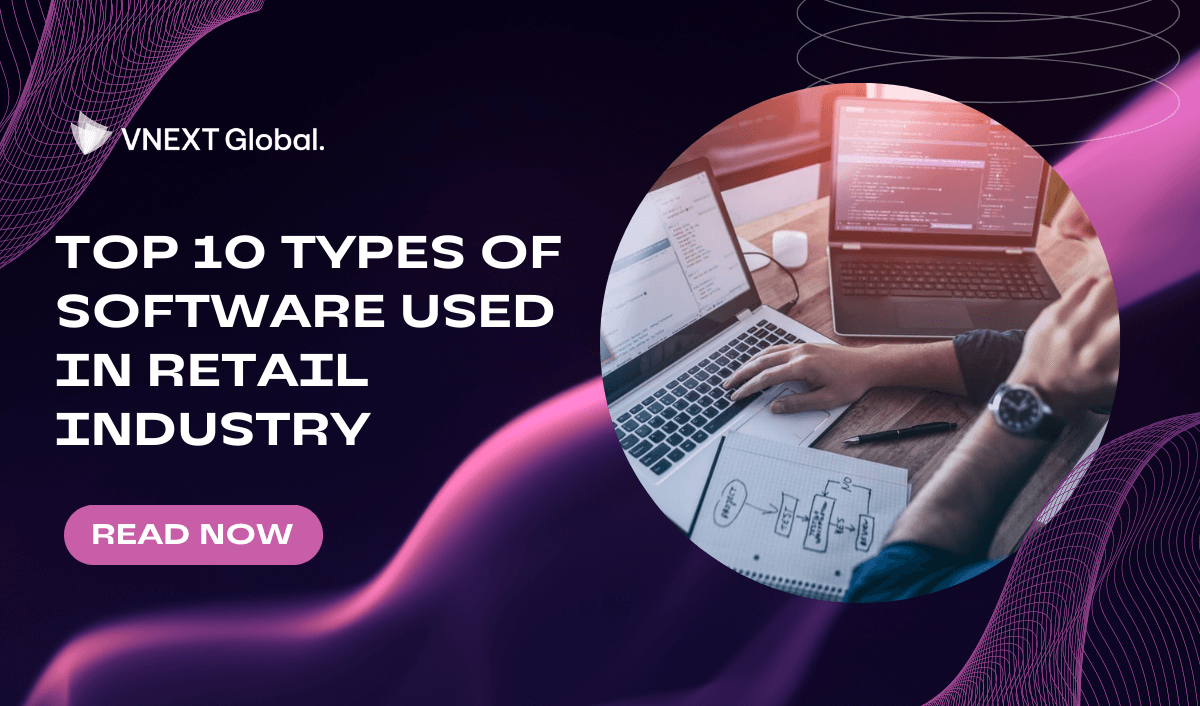Agile Environment: All you need to know about
The agile model is becoming a popular project management method in the modern work environment to complete high-volume work that requires precision and flexibility. Creating an agile environment is the basis for this method to be applied most comprehensively.
In this article, VNEXT Global will provide the most overview of the agile environment and how to build an agile environment for project managers.
1. What is an agile environment?
An agile environment is a way of working that embraces change, collaboration, and continuous improvement. In an agile environment, teams work in short iterations called sprints, deliver working software frequently, and respond to customer feedback quickly. An agile environment also encourages cross-functional teams, self-organization, transparency, and communication.
There are different frameworks and methods that can help teams implement an agile environment, such as Scrum, Kanban, XP, and SAFe. Each of these has its own rules, roles, and practices, but they all share the same agile values and principles. The best way to choose an agile framework or method is to consider the specific needs and goals of your project and organization.
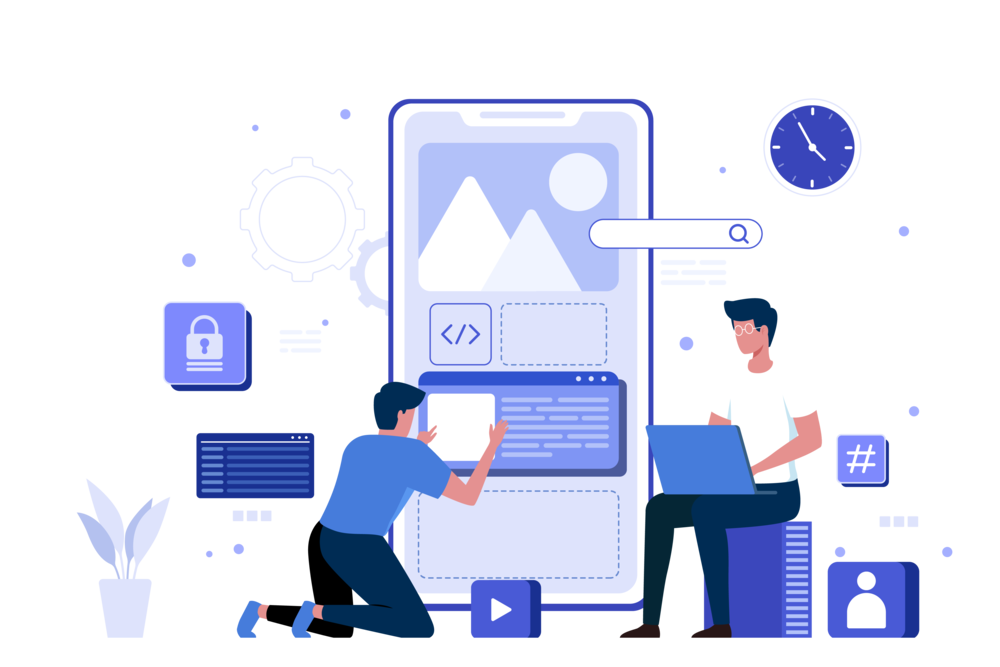
2. Benefits of agile environment
Agile environment contributes to the successful project management by these ways:
• Allow teams to be more flexible, responsive, and creative in delivering value to customers and stakeholders.
• Improve the quality and efficiency of the products and processes by using iterative and incremental methods, testing, and feedback.
• Enhance the collaboration and communication among team members, customers, and other stakeholders by using cross-functional teams, self-organization, transparency, and common tools.
• Increase the satisfaction and retention of both customers and employees by involving them in the decision-making process and meeting their needs and expectations.
• Reduce the risks and costs of the projects by adapting to changing requirements, delivering working software frequently, and resolving issues quickly.
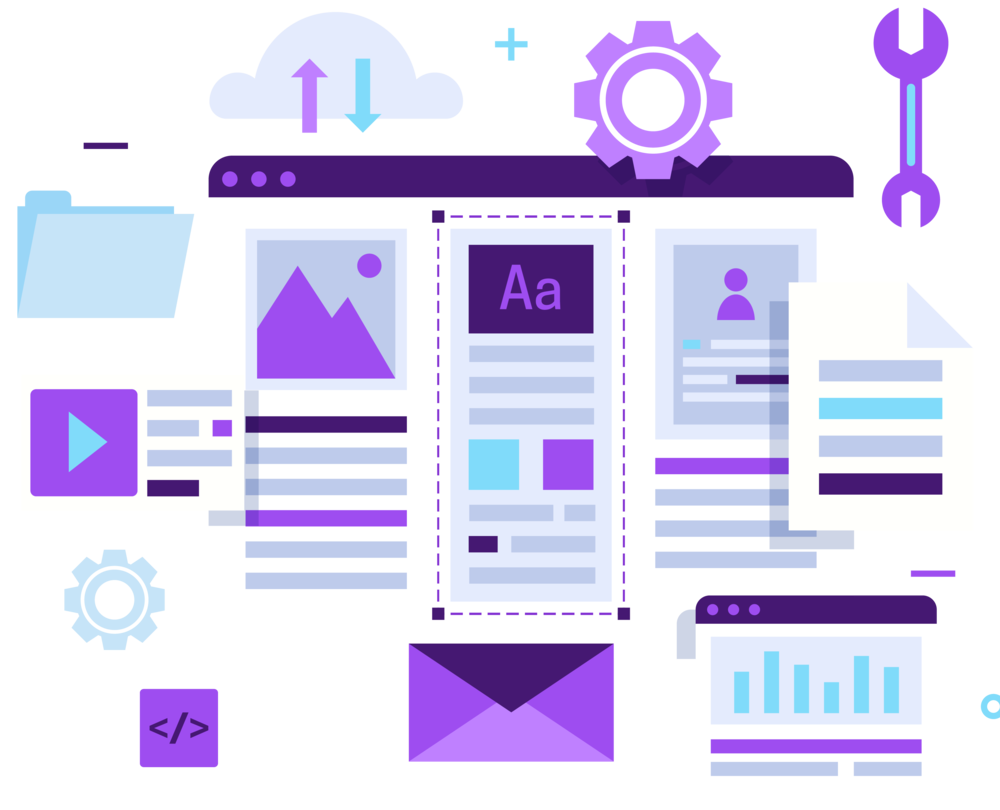
3. Characteristics of agile environment
Here are basic characteristics of agile environments that will help you drive a project successful:
Focus on customer value
Agile environments prioritize delivering products and services that meet or exceed the expectations and needs of the customers and stakeholders. They use feedback loops, user stories, and customer collaboration to ensure that the value proposition is clear and aligned with the market demand.
Embracing change
Agile environments are adaptable and responsive to changing requirements, circumstances, and opportunities. They use iterative and incremental methods, such as sprints, to deliver working software frequently and incorporate feedback quickly. They also use agile principles, such as inspect and adapt, to continuously improve their processes and practices.
Leaving room for innovation
Agile environments foster a culture of creativity, experimentation, and learning. They encourage teams to try new ideas, test hypotheses, and learn from failures. They also use techniques, such as retrospectives, to identify and implement improvements. They also support team autonomy, empowerment, and self-organization to enable innovation.
Collaboration and communication
Agile environments promote teamwork, transparency, and communication among team members, customers, and other stakeholders. They use cross-functional teams, common tools, and frequent interactions to facilitate collaboration and coordination. They also use agile values, such as respect, trust, and openness, to build positive relationships and shared understanding.
Quality and efficiency
Agile environments strive to deliver high-quality products and services that meet the standards and expectations of the customers and stakeholders. They use techniques, such as continuous integration, automated testing, pair programming, code refactoring, and design patterns, to ensure quality and efficiency in their development processes.
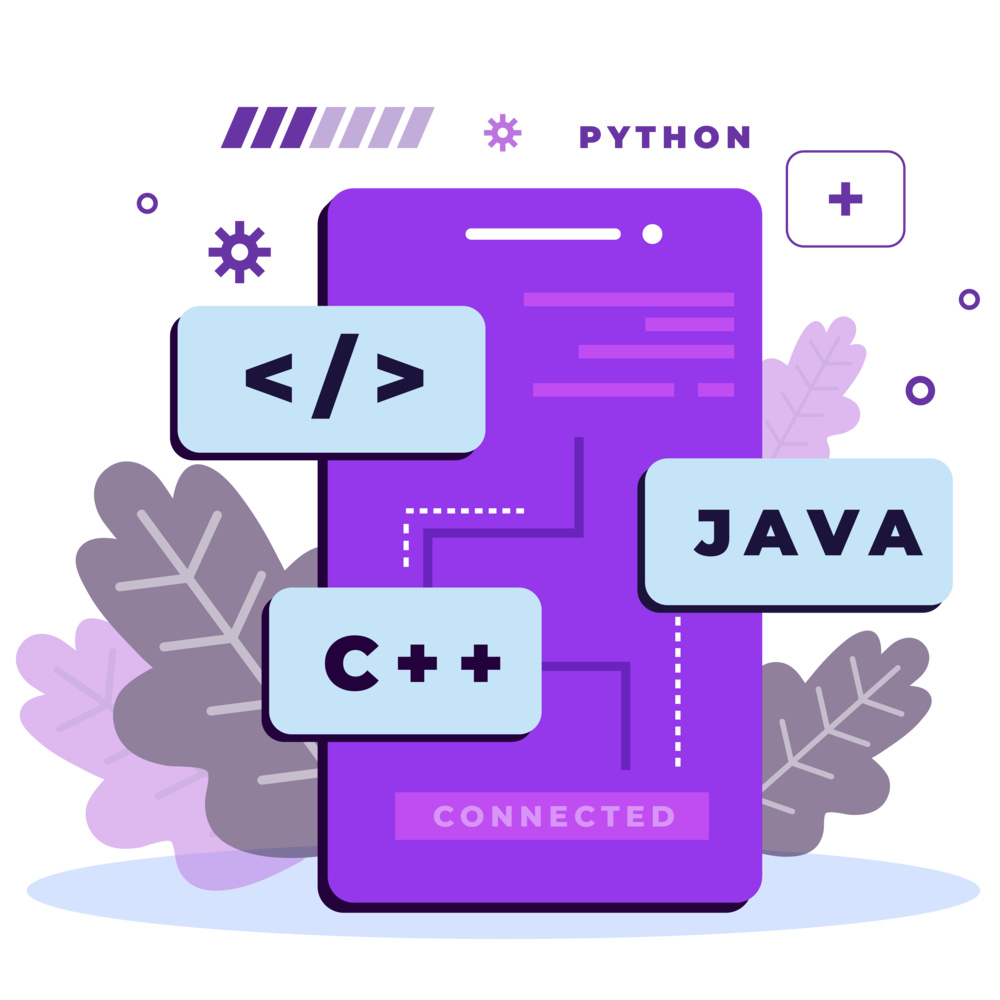
4. How to create an Agile environment?
To create an agile environment, you need to follow some steps and best practices that can help you foster a culture of agility in your organization. Here are some of them:
Set your project vision and scope with a planning meeting
You need to define the purpose, objectives, and expected outcomes of your project. You also need to identify the key stakeholders, customers, and users who will be involved in or affected by your project. You can use tools such as user stories, personas, and value proposition canvas to capture the customer needs and expectations.
Build out your product roadmap
A product roadmap is a high-level plan that shows the major features and milestones of your product over time. It helps you align your vision with your strategy and communicate it to your team and stakeholders. You can use tools such as story mapping, theme-based roadmaps, or outcome-based roadmaps to create your product roadmap.
Create a release plan
A release plan is a detailed plan that shows the scope, schedule, and resources of each sprint or iteration in your project. It helps you break down your product roadmap into manageable chunks of work that can be delivered incrementally. You can use tools such as velocity charts, burn-up charts, or release burndown charts to track your progress and adjust your plan as needed.
Sprint planning
Sprint planning is a meeting where you plan the work for the next sprint or iteration. You need to select the user stories or tasks that will be implemented in the sprint based on their priority, value, and dependencies. You also need to estimate the effort and time required for each task and assign them to team members. You can use tools such as planning poker, task boards, or story points to facilitate your sprint planning.
Keep your team on track with daily standups
Daily standups are short meetings where you update your team on what you did yesterday, what you will do today, and what impediments or issues you are facing. They help you monitor your progress, coordinate your work, and resolve any problems quickly. You can use tools such as scrum boards, kanban boards, or online collaboration tools to support your daily standups.
Sprint reviews
Sprint reviews are meetings where you demonstrate the working software or product increment that you delivered in the sprint to your customers and stakeholders. They help you get feedback, validate assumptions, and measure value delivered. You can use tools such as prototypes, demos, or user testing to showcase your work and collect feedback.
Sprint retrospectives
Sprint retrospectives are meetings where you reflect on how you worked as a team in the sprint and identify what went well, what went wrong, and what can be improved. They help you learn from your experience, celebrate successes, and implement improvements. You can use tools such as starfish diagrams, sailboat exercises, or action plans to facilitate your sprint retrospectives.
So, at most practices, we need support from tools for management, operation, and monitoring. You can refer to outsource agile software development to achieve cost efficiency, access a global talent pool, accelerate time-to-market, and mitigate risks.
Agile Offshore Software Development: A Comprehensive Guide
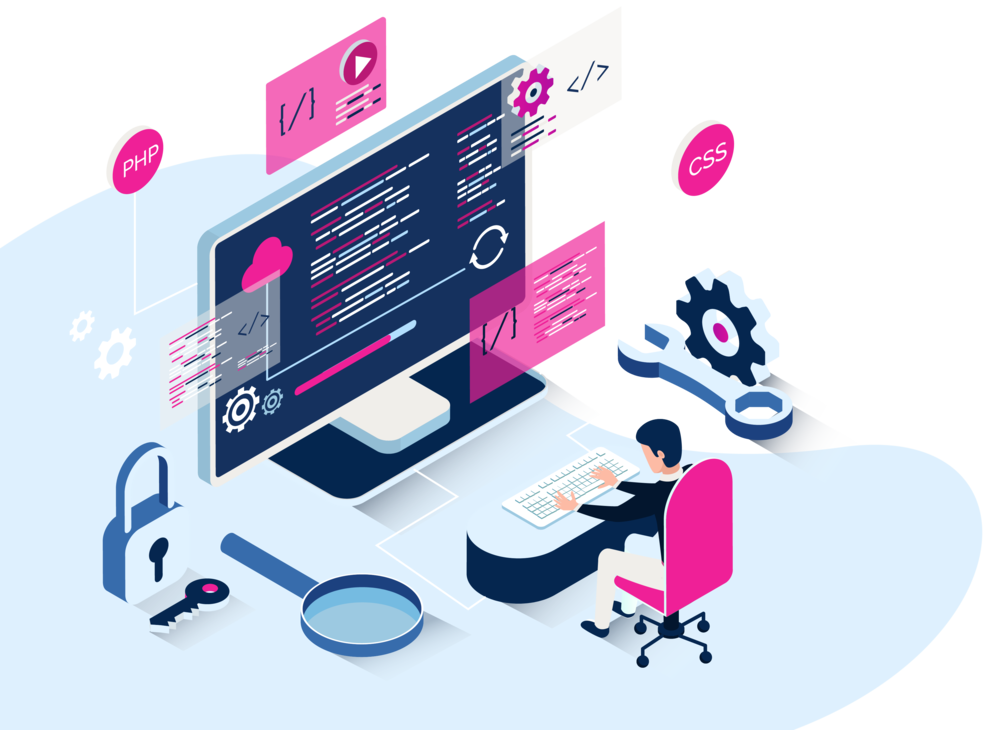
5. Metrics of success in an agile environment
Measuring success in an agile environment is not a simple task, as there are many factors and perspectives to consider. However, there are some common metrics and indicators that can help you evaluate the performance and outcomes of your agile projects and teams. Here are some of them:
Customer satisfaction
This is the ultimate goal of any agile project, as it reflects the value and quality of the products and services delivered to the customers and stakeholders. You can use surveys, feedback forms, ratings, reviews, testimonials, or other methods that capture the opinions and expectations of the customers and stakeholders. You can also use metrics such as Net Promoter Score (NPS), which measures how likely the customers are to recommend your products or services to others.
Business value
To measure how much your products or services contribute to the strategic goals and objectives of your organization. You can measure business value by using metrics such as Return on Investment (ROI), which compares the benefits and costs of your projects, or Key Performance Indicators (KPIs). Managers can track the progress and results of your projects against predefined targets and outcomes.
Delivery speed
It shows how fast and frequently you deliver working software or features to your customers and stakeholders. There are metrics such as Velocity, which shows how many units of work (such as story points) your team can complete in a given time period (such as a sprint), or Lead Time.
Quality
It reflects how well your products or services meet the standards and expectations of your customers and stakeholders. It can be measured through metrics such as Defect Rate, which shows how many errors or issues are found in your products or services, or Test Coverage, which shows how much of your code or functionality is tested by automated or manual tests.
Team health
This is the measure of how well your team members work together and support each other in an agile environment. You can use metrics such as Happiness Index, which shows how satisfied and motivated your team members are with their work and environment, or Collaboration Index, you will know how much your team members communicate and cooperate with each other.

Final Thoughts:
In conclusion, building an agile environment will bring many benefits to the management and operation of projects. Right practices and right measurements will help this model to always be adjusted, improved, and upgraded promptly in your business.
If you are looking for a trusted IT partner, VNEXT Global is the ideal choice. With 14+ years of experience, we surely can help you to optimize your business digitalization within a small budget and short time. Currently, we have 400+ IT consultants and developers in Mobile App, Web App, System Development, Blockchain Development and Testing Services. We have provided solutions to 600+ projects in several industries for clients worldwide. We are willing to become a companion on your way to success. Please tell us when is convenient for you to have an online meeting to discuss this further. Have a nice day!

